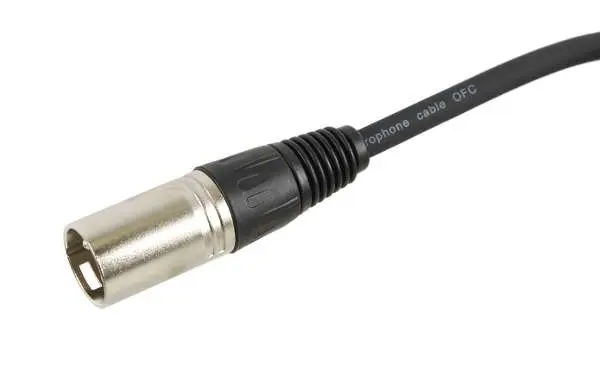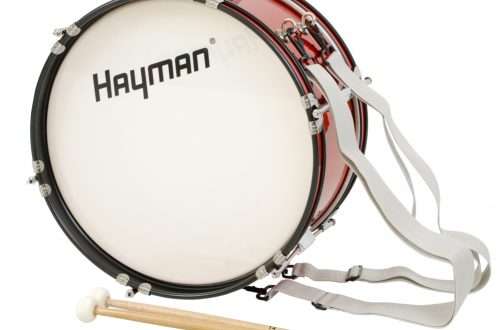
Differences between XLR Audio and XLR DMX
One day, each of us starts looking for suitable cables terminated with a popular XLR plug. When browsing the products of various brands, we can see two main applications: Audio and DMX. Seemingly looking – the cables are identical, not different from each other. Same thickness, same plugs, only different price, so is it worth overpaying? Certainly many people to this day ask themselves this question. As it turns out – apart from the apparently twin appearance, there are many differences.
Usage
First of all, it is worth starting with its basic applications. We use XLR Audio cables for connections in the audio path, the main connections of the microphone / microphones with the mixer, other devices generating the signal, sending the signal from the mixer to the power amplifiers, etc.
XLR DMX cables are mainly used to control intelligent lighting devices. From our lighting controller, through dmx cables, we send to other devices information about the light intensity, color change, displaying a given pattern, etc. We can also combine our lighting equipment so that all effects work as the main, “model” effect works.
Building
Both types have thick insulation, two wires and shielding. Insulation, as is known, is used to protect the conductor from external factors. Cables are rolled out and rolled up, stored in tight cases, often stepped on and bent. The basis is good resistance to the above-mentioned factors and flexibility. Shielding is done to protect the signal from electromagnetic interference from the environment. Most often in the form of aluminum foil, copper or aluminum braid.

The main differences
Microphone cables are designed for audio signals, where the transferred frequency is in the range 20-20000Hz. The operating frequency of DMX systems is 250000Hz, which is much, much “higher”.
Another thing is the wave impedance of a given cable. In DMX cables it is 110 Ω, in audio cables it is usually below 100 Ω. Differences in impedances lead to bad wave matching and, consequently, loss of information transmitted between receivers.
Can it be used interchangeably?
Due to price differences, no one will use DMX cables with a microphone, but the other way around, you can often find this type of savings, i.e. using audio cables in the DMX system.
Practice shows that they can be used interchangeably regardless of their intended use and there are no problems for this reason, however, such a principle can only be adopted under certain conditions, such as e.g. simple lighting systems equipped with not very extensive apparatus and short connection distances (up to several meters).
Summation
The main cause of problems and malfunctions of the systems discussed above are low-quality cables and damaged connections, which is why it is so important to use only cables for a specific application and equipped with good-quality connectors.
If we have an extensive lighting system consisting of many devices, several dozen or even several hundred meters of wires, it is worth adding to the dedicated DMX cables. This will keep the system working properly and save us from unnecessary, nervous moments.





